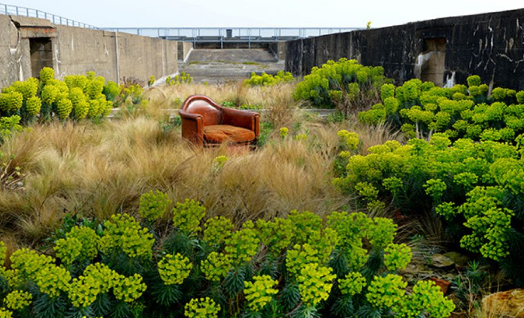Gilles Clément: The Visionary Landscape Architect
Gilles Clément is a name that resonates with innovation and sustainability in the world of landscape architecture. His unique approach transforms urban spaces into vibrant ecosystems, making the topic of his work increasingly relevant as cities face challenges like climate change and urbanization. This article explores Clément’s principles and projects that redefine our relationship with nature.
Understanding Clément’s Philosophy
At the core of Gilles Clément’s philosophy is the concept of the “Third Landscape,” a term he coined to describe areas that are often overlooked, such as abandoned sites or untamed spaces. Unlike traditional landscaping that prioritizes order and control, Clément advocates for embracing spontaneity and biodiversity. He believes these neglected areas can serve as vital habitats for wildlife and contribute to the overall health of urban environments. By encouraging natural processes, Clément demonstrates how even the smallest patches of land can provide ecological benefits.
Innovative Projects Around the World
Gilles Clément has brought his ideas to life through numerous projects that showcase his innovative design principles. One notable example is the Parc André Citroën in Paris. This park exemplifies Clément’s ability to blend natural elements with urban settings, featuring open green spaces interspersed with water features and wildflower gardens. His designs not only beautify spaces but also create educational opportunities, highlighting the importance of environmental stewardship. By integrating nature into the urban fabric, Clément encourages public engagement with green spaces, fostering a deeper appreciation for ecosystems.
The Role of Sustainability in Modern Landscaping
Sustainability is a key aspect of Gilles Clément’s work, as he seeks to minimize human impact on the environment. He emphasizes the use of native plants and sustainable materials, advocating for designs that require less maintenance and resources. Clément’s projects often include features like rain gardens and permeable pavements that help manage stormwater and reduce urban runoff. This focus on sustainability not only enhances the ecological value of landscapes but also promotes resilience in the face of climate change. Through his transformative work, Clément paves the way for future landscape architects to adopt eco-friendly practices.
Conclusion: Embrace Creative Landscapes
Gilles Clément’s contributions to landscape architecture are a testament to the power of creativity and ecological awareness. His innovative approaches invite us to reconsider how we design and interact with our outdoor spaces. To learn more about Clément’s work and explore how his ideas can be implemented in your community, consider visiting local parks or reading his publications. Together, we can foster environments that celebrate and preserve nature for generations to come.

